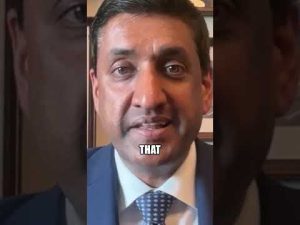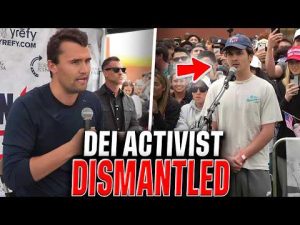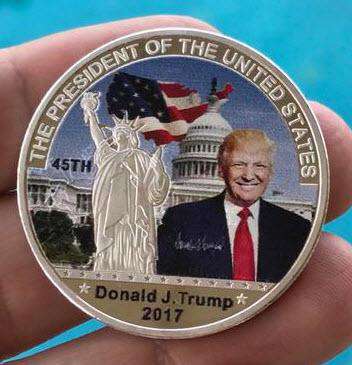As the political winds swirl and tensions rise, one week from now, Donald Trump will once again occupy the White House. Yet, it’s a remarkable turn of events considering that just six months ago, an attempt on his life nearly changed the course of history forever. This dramatic episode unfolded during a rally at Butler Farm in Pennsylvania, where an unknown gunman, Thomas Matthew Crooks, made an attempt that raised more questions than it answered.
On July 13, a young man with a troubled background almost made headlines for a far grimmer reason: he climbed onto the roof of a building near the rally and fired eight shots at Donald Trump. Fortunately, a Secret Service sniper neutralized the threat in time, but the incident raised serious concerns about security protocols at high-profile events. With Crooks successfully gaining access to a sniper position without a hitch, one has to wonder how such a glaring breach of security could occur. This critical lapse suggests more than simple negligence; it brings to light unanswered questions that continue to murmur in the background.
What makes this story even more curious is that six months later, details surrounding Crooks seem to have faded from the public consciousness. Names like Luigi Mangione, a recent threat in New Orleans, are widely recognized, while Crooks remains a name almost forgotten. This discrepancy invites speculation about what might be seen as a deliberate effort to minimize the event’s significance. The concept of “memory holing,” wherein uncomfortable truths are buried beneath layers of evasion, might be a fitting description of the current situation. Why are media outlets and authorities seemingly uninterested in delving deeper into the life and motivations of a man who nearly changed history?
As the fog of time rolls in, little is known about Crooks himself—his background of being bullied and socially isolated paints a troubling picture. A high-achieving student at Bethel Park High School, he kept a low profile and had no apparent digital footprint, which stirs questions about whether he was simply trying to stay off the grid or if he was part of a larger, more sinister plot. Additionally, the timeline of events on that day appears questionable. Crooks had ample opportunity to be reported and detained yet was able to climb the roof and take aim at a former president without significant interference from security personnel.
The dark irony that tantalizes this story lies in the comparisons to historical events like the assassination of JFK. Just as Oswald’s motives and communication were shrouded in uncertainty, Crooks’ intentions remain clouded in mystery. Following the rally attack, instead of an extensive investigation spotlighting the incident, attention waned, and the public was left with fragmented information. It is unsettling to imagine how the narrative would differ if Crooks had succeeded. Would the political landscape appear dramatically altered today, or would the same unanswered questions linger? Even six months later, the eerie silence from both the FBI and Secret Service leaves many feeling anxious and confusingly uneasy about the protective measures designed to ensure the safety of public figures.
As Trump prepares to reclaim the presidency amidst a backdrop of past threats, the reality that he was so close to disaster has not been forgotten. He made a return to Butler not long after the attack, honoring a local hero who died trying to protect his family during the chaos of that day. In doing so, he paid homage to the fragility of life and the unpredictable turns of fate that brought him to where he is today. This week, as he addresses the nation, one can only hope that the memory of Thomas Matthew Crooks does not linger as a ghost, haunting the halls of history without ever revealing the underlying truths. After all, unanswered questions can sometimes be more dangerous than the events themselves.







